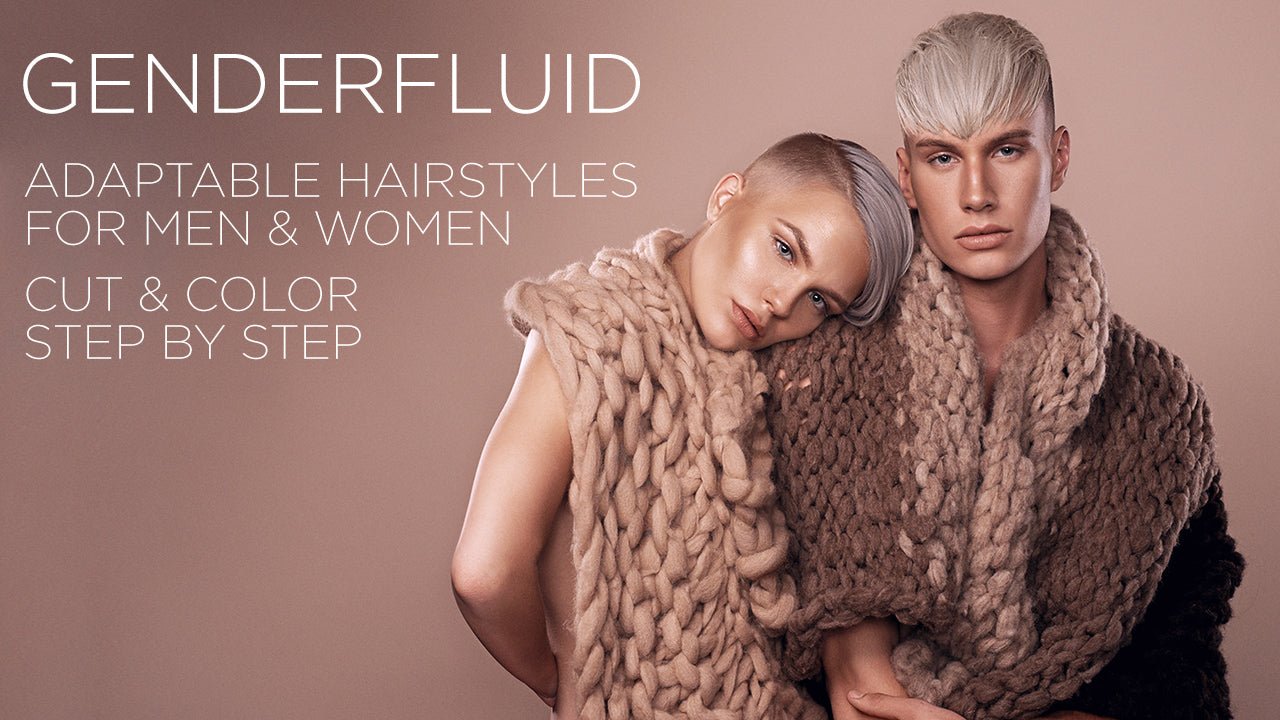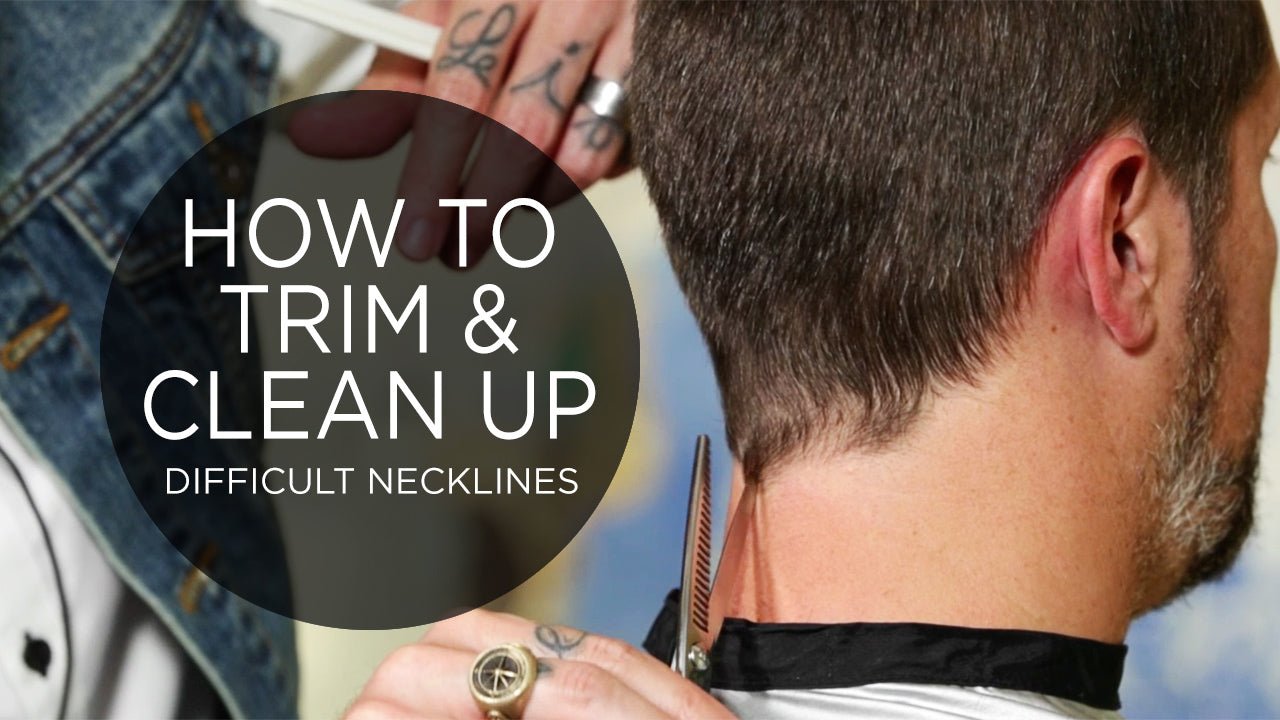In the world of Men's artistry and barbering, no single technique is as fundamental as scissor over comb. At the same time, there are few techniques that are more intimidating. To many of us, it is something that we use everyday but maybe it's been a few years since we took a good look at our form and execution. Chances are we could all benefit from some review of the basics. By asking ourselves a few questions, we may shed some light on why we use our shears the way we do and how we could be more efficient. With the Sam Villa ArTeam, we always put a lot of emphasis on working with INTENTION and PURPOSE.
Time and time again, I am relieved and surprised to find that those very basic principles of haircutting that I learned in hair school are almost universally applicable in all aspects of hairdressing. The good news is that everything you already know about cutting is completely relevant and applicable to the scissor over comb technique.
Comb Angle:
Take a deep breath. We know this stuff! Comb angle, just like section angle and finger angle, controls the building, movement and removal of WEIGHT. Weight does not just mean length. It also includes hair distribution and how the hair moves. In men's artistry, the differences in weight are more subtle but as you know, the stakes are relatively high when cutting short hair. Let's dive into how we can use our comb angle to get more consistent and efficient results.
Horizontal Comb Angle Scissor Over Comb:
Horizontal lines are great for maintaining or keeping weight. Again, this is what we learned with our section and finger angles. Take a look at the picture. When our comb is level, it is perfect for holding weight. This is may be the first and only way we have been taught to use our combs. It is good for most applications but it is really intended to be perfect for maintaining weight. Should I rely exclusively on this single comb angle alone, I find that I may end up refining and blending some places. There is a good chance that understanding how and when to use additional angles and techniques may help me achieve a great result quickly and efficiently. Let's take a look at how and when to use these alternatives.
Diagonal Comb Angle Scissor Over Comb:
Check out the picture. Clearly, as we turn our combs on a diagonal, the weight is easily shifted. Diagonal lines are perfect for moving or blending weight. Diagonal lines help things to become round. Four straight lines together make a square. Since most of our combs are also straight, the only way to make something more round is by using several diagonal lines to turn a square into a stop sign. As you can see in the picture, the more diagonal lines used, the more round the shape becomes. Especially when working around the back of the head behind the ears and around the nape, using diagonal lines will help the comb and shear to hug the head shape allowing us to accomplish a lot more work with our scissor over comb technique.
Vertical Comb Angle Scissor Over Comb:
Vertical lines help to remove weight. In the picture, you can see that when the comb is held vertically, it is not good for holding or keeping any weight at all. Now, we all know that it wouldn't be very comfortable to try cutting vertically all the time. REMEMBER: vertical, horizontal or diagonal are all in relation to the head. So, if your guest tilts their head up or down, it becomes much easier to use a vertical or vertical-diagonal comb angle. Allow your guest to work with you. If it helps you to provide a better result for them, they will be okay with it. It may also help you to begin good conversations with your guests as to the cool techniques that set you apart from the crowd and they will gain a sense for how much we love what we do and how serious we take it.
Please keep in mind that these are just general guidelines. The comb angles that we are talking about are in relation the head shape, not the floor. The head position of your guest and the natural fall of their hair is what make this all work. Always take extra time when working around growth patterns and cowlicks.
Summary:
Having more than one way to work with our scissor over comb technique gives us more options. The more options we have the more we can customize the results for our guests. We just need to make sure that we know the how, when and why behind each comb angle. It's just a matter of asking ourselves: what is the result that I want to see? If we aren't using all of these angles to our advantage, I find that we are frequently refining and going over sections again and again.
Allow these different comb angles to do what they do best and the haircut & shape will happen naturally and with less effort. DON'T FORGET, these same principles apply just as much to clipper over comb (and even the way we round brush or use our Sleekr Flat Iron).




